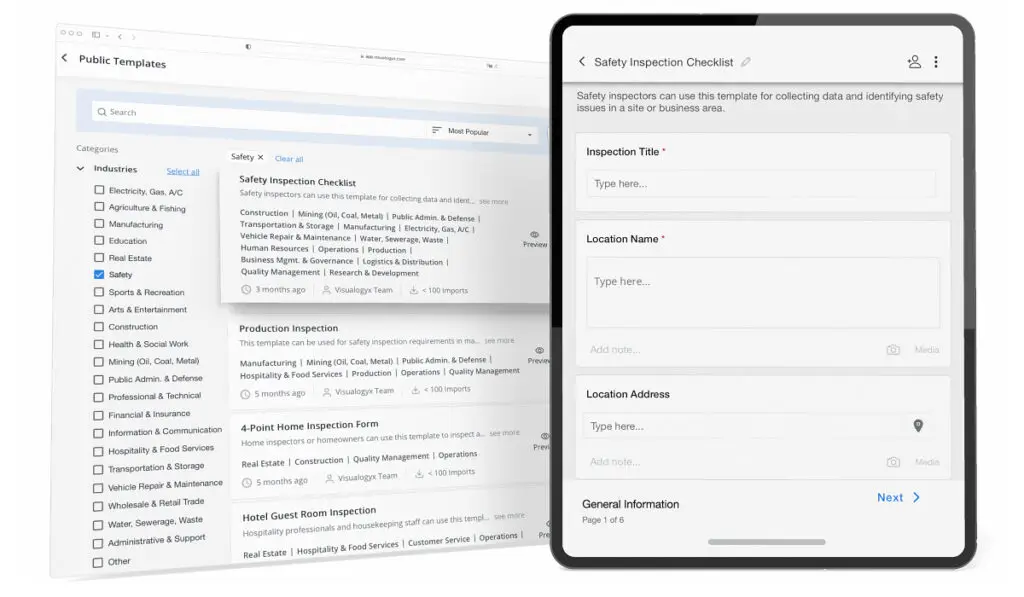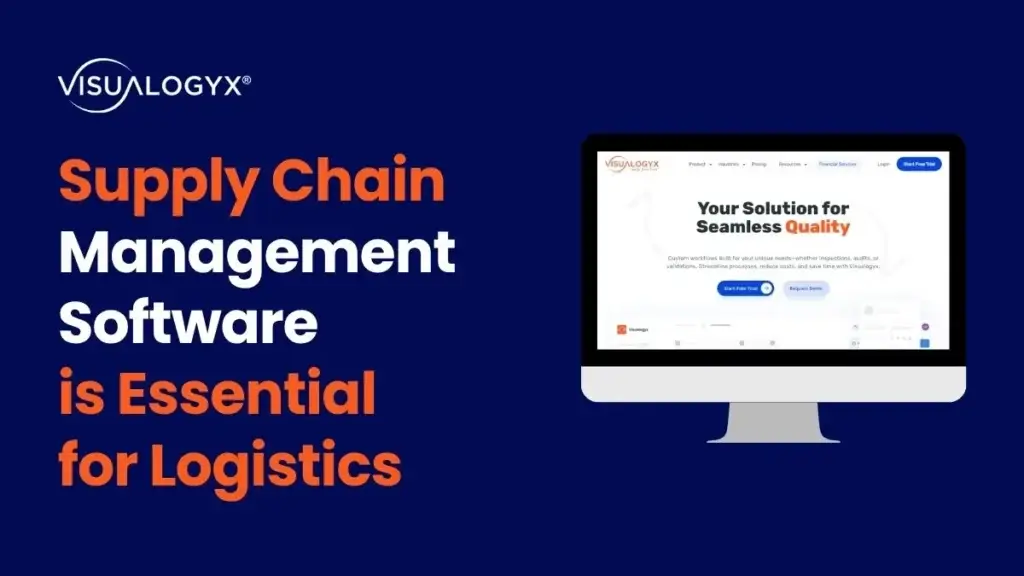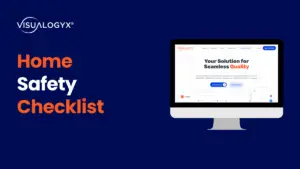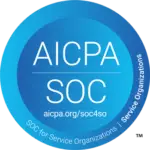Introduction
In today’s fast-paced and dynamic business environment, organizations are constantly striving to enhance their operational efficiency and effectiveness. One of the key tools that companies use to achieve this goal is the implementation of an Integrated Management System (IMS). An IMS integrates various management systems, such as quality, environmental, and health and safety (HSE), into a unified framework, streamlining processes and promoting consistency across the organization.
However, simply implementing an IMS is not enough. Regular audits are essential to ensure that the IMS is functioning effectively and meeting the organization’s objectives. An IMS audit is a systematic and independent examination of the IMS to determine if it complies with relevant standards, regulations, and organizational requirements.
In this article, we will delve into the key components of an IMS audit, the process of conducting the audit, and how to evaluate audit findings and report on them effectively. By following a structured approach to IMS audits, organizations can not only identify areas for improvement but also demonstrate their commitment to continuous improvement and excellence in management practices.
Benefits of IMS Audits
Organizations stand to gain numerous advantages from an Integrated Management System (IMS) audit. This holistic approach enables companies to streamline their audit procedures, pinpoint areas for enhancement, and elevate performance across multiple management systems concurrently.
- Efficiency and Cost Savings: Through a unified audit covering various management systems, organizations can save time and resources compared to individual audits for each system. This integrated method reduces redundancy and disruptions, leading to cost savings.
- Improved Risk Management: An IMS audit permits organizations to evaluate risks across different operational facets simultaneously. By managing risks associated with quality, environmental impact, and health and safety in a coordinated manner, organizations can fortify their risk management protocols and safeguard stakeholders effectively.
- Enhanced Compliance: Adhering to regulations and standards is paramount across industries. An IMS audit ensures compliance with relevant standards and regulations throughout all management systems. Identifying gaps enables corrective actions that enhance compliance and mitigate potential penalties.
- Continuous Improvement: The IMS audit offers valuable insights into organizational systems and operations. By identifying improvement opportunities across diverse areas simultaneously, organizations can implement changes that foster continuous enhancement and boost overall performance.
- Demonstrating Commitment: Conducting an IMS audit showcases an organization’s dedication to excellence, ongoing improvement, and stakeholder satisfaction. Proactive assessment and improvement of management systems build trust with customers, employees, regulators, and other stakeholders.
The benefits of an IMS audit are substantial and positively influence an organization’s operations, compliance adherence, and overall prosperity. Embracing this inclusive auditing approach empowers organizations to drive efficiency gains, fortify risk management practices, ensure compliance alignment, fuel continuous enhancement efforts, and underscore commitment to excellence.
Key Components of IMS Audits
An Integrated Management System (IMS) audit is a comprehensive evaluation of an organization’s management systems to ensure they are operating effectively and in compliance with relevant standards and regulations. The key components of an IMS audit are crucial in providing a structured approach to assessing the performance of an organization’s management systems.
- Integrated Management Systems (IMS)
An IMS combines multiple management systems, such as quality, environmental, and health and safety, into a unified framework. This integration allows organizations to streamline processes, reduce duplication, and improve overall efficiency. During an IMS audit, auditors will assess how well these systems are integrated and functioning together to achieve the organization’s objectives.
- Audit Planning
Audit planning is a critical phase of the IMS audit process, where auditors define the scope, objectives, and criteria for the audit. This involves identifying key areas to be assessed, selecting audit team members, and developing an audit plan that outlines the activities and timeline for the audit. Effective audit planning ensures that the audit is conducted efficiently and effectively.
- Documentation Review
Reviewing documentation is an essential component of an IMS audit, as it provides auditors with insights into how the organization’s management systems are documented and implemented. Auditors will examine policies, procedures, work instructions, records, and other relevant documents to assess compliance with standards and regulatory requirements. A thorough documentation review helps auditors identify gaps or inconsistencies in the organization’s management systems.
Overall, these key components of an IMS audit lay the foundation for a thorough and systematic evaluation of an organization’s management systems. By focusing on integration, planning, and documentation review, auditors can effectively assess the performance of an organization’s IMS and provide valuable insights for improvement.
Conducting an IMS Audit
Once the audit planning and documentation review have been completed, the next crucial step in the IMS audit process is conducting the actual audit. This phase involves on-site assessment, interviews, observations, record keeping, and evidence collection to evaluate the organization’s compliance with IMS requirements.
- On-Site Assessment
During the on-site assessment, auditors physically visit the organization’s facilities to observe operations, processes, and interactions. This hands-on approach allows auditors to verify the implementation of IMS practices in real-time and assess their effectiveness. Auditors may also review physical documents, records, and systems to ensure they align with IMS requirements.
- Interviews and Observations
In addition to on-site assessment, auditors conduct interviews with key personnel at various levels of the organization. These interviews provide valuable insights into how IMS is understood, implemented, and integrated into daily operations. Observations of work practices and interactions further supplement the audit findings, allowing auditors to assess the organization’s IMS performance holistically.
- Record Keeping and Evidence Collection
Throughout the audit process, auditors meticulously document their observations, findings, and evidence collected. This record-keeping is essential for substantiating audit conclusions and forming the basis for audit reports. Evidence collection may include photographs, video recordings, physical samples, and electronic data that support the audit findings.
Conducting a thorough and systematic audit is essential for identifying strengths, weaknesses, and areas for improvement in the organization’s IMS implementation. By following established audit procedures and best practices, auditors can ensure the integrity and credibility of the audit process, leading to meaningful and actionable audit findings.
IMS Audit Checklist
An IMS (Integrated Management System) audit checklist is a comprehensive tool used to evaluate the effectiveness of an organization’s management system, which may integrate quality (ISO 9001), environmental (ISO 14001), and occupational health and safety (ISO 45001) standards. Here’s a detailed checklist that covers various aspects of these standards:
General Information
- Audit Scope: Define the scope of the audit, including the areas and processes to be audited.
- Audit Criteria: List the standards and regulations against which the audit is being conducted (e.g., ISO 9001, ISO 14001, ISO 45001).
- Auditor Details: Names and qualifications of auditors.
- Audit Duration: Dates and times of the audit activities.
- Document Review: List of documents reviewed prior to the audit (e.g., previous audit reports, management review records, compliance obligations).
Leadership and Commitment
- Leadership Involvement: Verify the involvement of top management in the IMS.
- Policy Statements: Review the quality, environmental, and safety policies for appropriateness and authorization.
- Roles and Responsibilities: Check if roles, responsibilities, and authorities are clearly defined, documented, and communicated.
Planning
- Risks and Opportunities: Evaluate how the organization identifies and addresses risks and opportunities for IMS.
- Objectives and Planning: Assess if IMS objectives are consistent with the policies, measurable, monitored, communicated, and updated.
Support
- Resources: Check adequacy of resources (human resources, infrastructure, environment for operation).
- Competence: Verify that personnel are competent based on education, training, or experience.
- Awareness: Evaluate awareness of the IMS policy, significant aspects, and their contributions to the effectiveness of the IMS.
- Communication: Review the effectiveness of internal and external communications.
- Documented Information: Assess control procedures for creating, updating, and controlling documented information.
Operation
- Operational Planning and Control: Verify processes are established, implemented, and maintained.
- Emergency Preparedness and Response: Evaluate the organization’s ability to respond to emergencies related to its environmental and safety impacts.
Performance Evaluation
- Monitoring, Measurement, Analysis, and Evaluation: Check if appropriate methods are being used to monitor and measure IMS performance.
- Internal Audit: Review internal audit program and recent audit results.
- Management Review: Assess the inputs and outputs of management reviews, ensuring they cover changes in external and internal issues, the adequacy of resources, and opportunities for improvement.
Improvement
- Nonconformity and Corrective Action: Examine records and processes of nonconformities, corrective actions, and their effectiveness.
- Continual Improvement: Assess evidence of continual improvements to the IMS.
Compliance
- Legal Compliance: Check the procedures for identifying and accessing legal and other requirements.
- Compliance Evaluation: Review records of compliance evaluations and actions taken from previous evaluations.
Special Considerations for Integration
- Integration: Examine how the systems are integrated and whether there are any conflicting objectives or processes.
- Synergies and Redundancies: Identify any potential synergies or redundancies in the systems to ensure efficient operation.
This checklist can be customized to fit the specific needs, details and context of your organization, considering any specific legal requirements or industry standards that may apply.

Sign up with Visualogyx and download a IMS Audit Checklist template from our Public Templates library.
Evaluating Audit Findings and Reporting
Once the audit has been conducted and all necessary data has been gathered, the next crucial step is to evaluate the audit findings and prepare a comprehensive report. This stage is pivotal in determining the effectiveness of the Integrated Management System (IMS) and identifying areas for improvement and corrective actions.
- Non-Conformities and Corrective Actions
One of the primary objectives of evaluating audit findings is to identify any non-conformities within the IMS. Non-conformities are instances where the organization’s practices do not align with the established standards, procedures, or regulations. It is essential to clearly document and categorize each non-conformity according to its severity and potential impact on the organization’s operations. Following the identification of non-conformities, the next step is to develop and implement corrective actions. Corrective actions are measures taken to rectify non-conformities and prevent their recurrence in the future. It is crucial to establish a timeline for implementing corrective actions and assign responsibilities to ensure accountability and timely resolution of issues.
- Effectiveness of IMS Implementation
In addition to addressing non-conformities, evaluating audit findings also involves assessing the overall effectiveness of IMS implementation within the organization. This evaluation includes analyzing the extent to which IMS objectives and targets have been achieved, and the organization’s compliance with relevant legal and regulatory requirements. Furthermore, evaluating IMS implementation involves reviewing the performance of key processes and identifying opportunities for improvement. By assessing the effectiveness of IMS implementation, organizations can enhance their operational efficiency, mitigate risks, and drive continuous improvement.
- Preparing the Audit Report
The final step in evaluating audit findings is to prepare a comprehensive audit report that summarizes the key findings, observations, and recommendations. The audit report should provide a clear and concise overview of the audit process, including the scope, methodology, and key areas of focus.
The audit report should also include a detailed analysis of non-conformities, corrective actions, and the effectiveness of IMS implementation. Recommendations for improvement should be clearly outlined, along with a roadmap for implementing corrective actions and monitoring progress over time.
In conclusion, evaluating audit findings and reporting is a critical aspect of the IMS audit process that enables organizations to assess their compliance with standards, identify areas for improvement, and drive continuous performance enhancement. By conducting a thorough evaluation and preparing a comprehensive audit report, organizations can strengthen their IMS, enhance operational efficiency, and achieve sustainable business success.
Conclusion
In conclusion, a comprehensive IMS audit is a crucial tool for organizations seeking to ensure the effectiveness and efficiency of their Integrated Management Systems. By following a structured audit process and utilizing a detailed checklist, companies can gain valuable insights into the performance of their IMS and identify areas for improvement.
Through the key components of IMS audit, including integrated management systems, audit planning, documentation review, conducting the audit, evaluating findings, and reporting, organizations can systematically assess their compliance with various standards and regulations. This not only helps in maintaining certification but also enhances overall business operations and performance.
The evaluation of audit findings, identification of non-conformities, and implementation of corrective actions are essential steps to continuously improve the IMS. By addressing any weaknesses or gaps identified during the audit, organizations can strengthen their management systems and reduce risks.
Furthermore, the preparation of a comprehensive audit report is crucial for documenting the audit process, findings, and recommendations. This report serves as a valuable tool for management to track progress, communicate results, and drive continuous improvement efforts within the organization.
In essence, a well-executed IMS audit with a thorough checklist can provide organizations with the necessary guidance to enhance their management systems, achieve compliance, and drive sustainable business success. It is a proactive approach towards quality management, risk mitigation, and organizational excellence in today’s competitive business environment.








